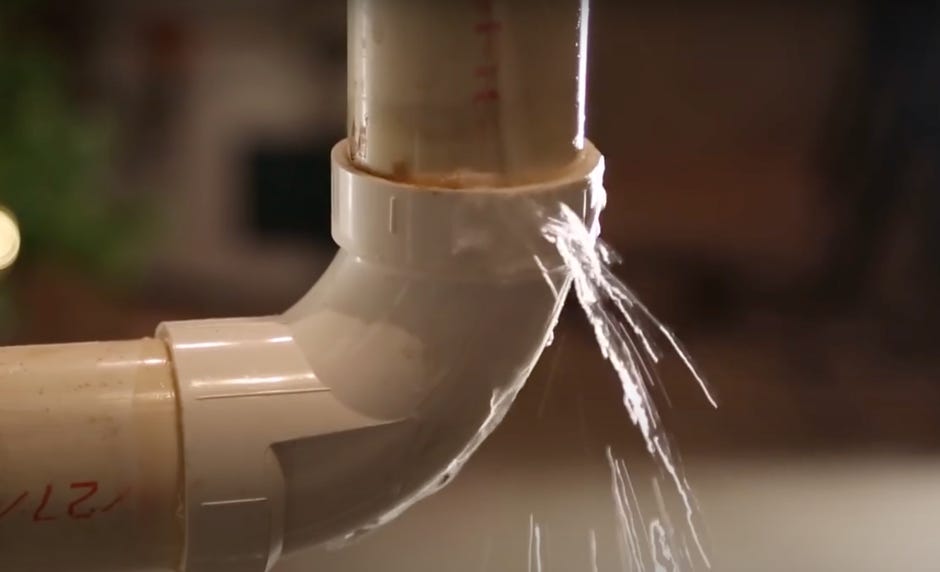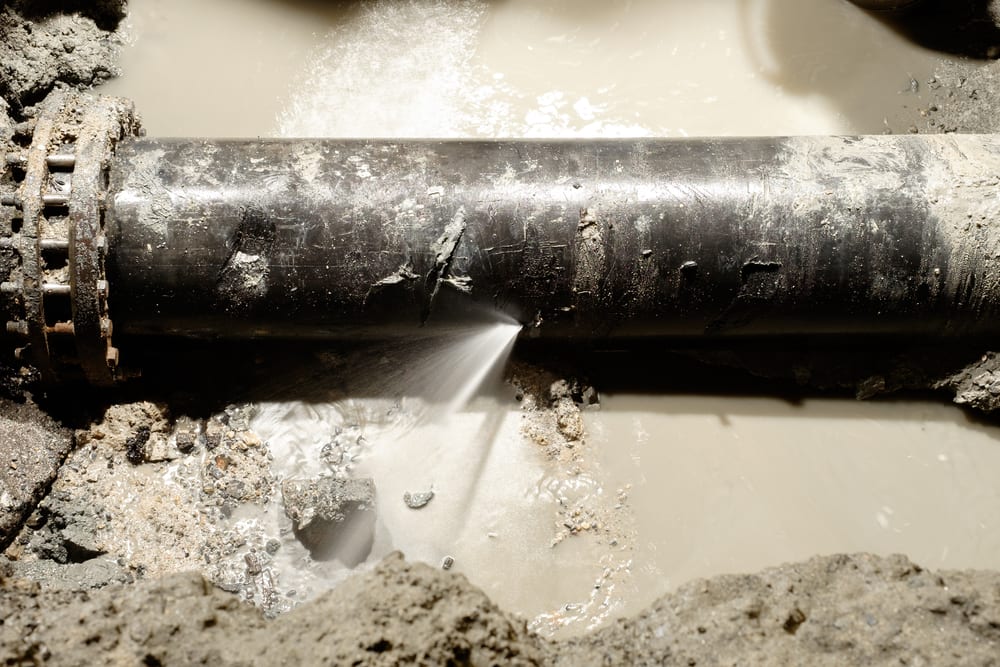Burst Pipes? No Panic! Exactly how to Detect and also Repair Quickly
Burst Pipes? No Panic! Exactly how to Detect and also Repair Quickly
Blog Article
We've noticed this article relating to What to Know Before Installing a Dishwasher below on the web and decided it made good sense to relate it with you on my blog.

A burst pipeline is a major emergency; you can just stand as you view water you pay dearly to rejoin with the earth. In even worse cases, you notice a swimming pool on your kitchen flooring, which is a terrific journey danger, especially if you have kids around. If the pipe that ruptured was in your wall surfaces, bad news: you may require to repaint that whole section.
Just how can a disaster like a ruptured pipe be protected against and also managed? Well, by paying attention to your professional emergency plumbings and also following these policies.
Just how do I know when my pipelines have ruptured?
Varying water stress
Pipes do not just burst in a day. You might have noticed that your kitchen faucet or shower doesn't run right away when you transform the faucet. It might stop for a few seconds and afterwards blast you with more force than normal.
In various other instances, the water might appear normal initially, after that drop in pressure after a couple of secs.
Wet walls and also water stains
Before a pipeline ruptureds, it will leak, a lot of times. If this relentless leaking goes unnoticed, the leakage might finish into a broad tear in your pipeline. One very easy way to avoid this emergency is to keep an eye out for damp walls ad water spots. These water discolorations will certainly lead you right to the leak.
Puddles under pipes as well as sinks
When a pipeline ruptureds, the discharge forms a puddle. It may show up that the pool is expanding in size, and regardless of the number of times you mop the puddle, in a couple of mins, there's an additional one waiting to be cleansed. Frequently, you may not be able to map the pool to any kind of noticeable pipelines. This is an indicator to call a professional plumber.
Untraceable dripping noises
Pipe bursts can occur in one of the most undesirable areas, like within concrete, inside wall surfaces, or under sinks. When your house goes quiet, you might have the ability to hear an annoyingly persistent dripping noise. Even after you've checked your shower head and kitchen tap, the dripping may continue.
Dear reader, the dripping may be coming from a pipe inside your walls. There isn't much you can do about that, other than inform a specialist plumber.
Turn off the Water
When water freezes, it broadens in volume by about 9 percent. And it expands with tremendous pressure: The stress inside pipelines might go from 40 pounds per square inch to 40,000 psi! No pipe can hold that much pressure, so it breaks open. The break may take place where the ice kinds, yet regularly, it happens where water pressure finds a weak spot in the pipe. That might be inches or perhaps feet from the icy area. Find the water shutoff valve and turn off the water to stop even more damage. You might also require to shut down the electrical energy as well, depending on where the leakages takes place as well as exactly how big it is.
Infected water
Many individuals presume a burst pipe is a one-way electrical outlet. Rather the contrary. As water flows out of the hole or gash in your plumbing system, impurities locate their way in.
Your water may be infected from the resource, so if you can, check if your water tank has any kind of issues. Nevertheless, if your drinking water is provided as well as cleansed by the city government, you need to call your plumber right away if you see or smell anything amusing in your water.
What do I do when I identify a burst pipeline?
Your water meter will continue to run also while your water wastes. To reduce your losses, find the major controls as well as transform the supply off. The water pipe are an above-ground structure beside your residential property.
How to Fix & Detect a Leaking Pipe
How Do I Know if a Pipe is Leaking?
Leak detection tests can help you determine if your pipe has a leak. Even if you don’t see an apparent leak, you should still conduct leak detection tests regularly to save water and money—and prevent major damage to your home.
Water meter. It can be helpful to figure out what your usual water meter usage numbers are and then monitor them regularly. To monitor your meter, first, turn off all water faucets in your home. Check the meter and write down the numbers. In a few hours, check the meter again. If the numbers have changed, you have a leak. Water gauge. Use a water gauge to test your water pressure. Your showerhead should produce a certain amount of water pressure based on its model and design. If the pressure is lower than it is supposed to be for that specific showerhead, your home likely has a leak. Puddles. Look inside your bathroom, laundry, and kitchen sink cabinets. Puddles around the cabinets or around toilets, tubs, showers, and washing machines indicate the presence of a leaking pipe. You may also notice loose tiles, peeling or flaking paint, or mold caused by water accumulation. Napkin test. Even if you don’t see any puddles, you may still have a leak. You can test for water leaks in the bathroom, laundry, and kitchen by wiping below-sink connections with a napkin, paper towel, or piece of toilet paper. If it becomes damp, you probably have a leaking pipe under the sink. Discolored walls. Walls that are discolored—usually with brown or yellow stains—or bulging might mean that they have been impacted by water damage caused by a leaking pipe. Smell. A leaky pipe will create sitting water, and over time, that water may develop a musty smell. If your home smells musty, but you can’t locate the source, it may be due to a leak. Steps for Fixing a Leaking Pipe
A leaky drain can be remedied by tightening the pipe base, replacing the drain seal, caulking the rim, and tightening the pipe nut. Similarly, a leaking toilet pipe can be treated by tightening the packing nut. You may also need to replace the valve. A leaky faucet may just need tightening or replacement of the washers. If that doesn’t work, consider replacing your faucet. If your pipe has a hole in it, you may want to use a pipe leak sealer or pipe leak tape. This quick fix for water pipe leaks can also temporarily fix a copper pipe leak. https://www.ahs.com/home-matters/quick-tips/how-to-tell-if-pipes-are-leaking/

Hopefully you enjoyed our piece on What to Know Before Installing a Dishwasher. Thanks for taking time to read our short article. Kindly take the opportunity to promote this page if you enjoyed it. Thank you for taking the time to read it.
Automated Marketing
Report this page